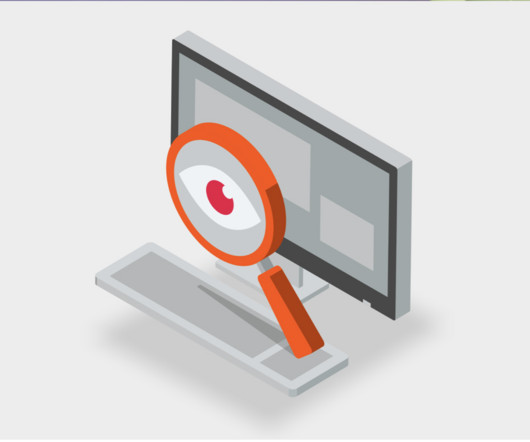3 Steps to Prepare for 2024 and Beyond with the Risk Maturity Model
LogisManager
MAY 22, 2023
In this blog, we will explore three ways to prepare for the future: engaging your Risk Committee and Board of Directors with the Risk Maturity Model, using risk management to anticipate and mitigate potential risks, and optimizing vendor spending while enhancing your security.











Let's personalize your content